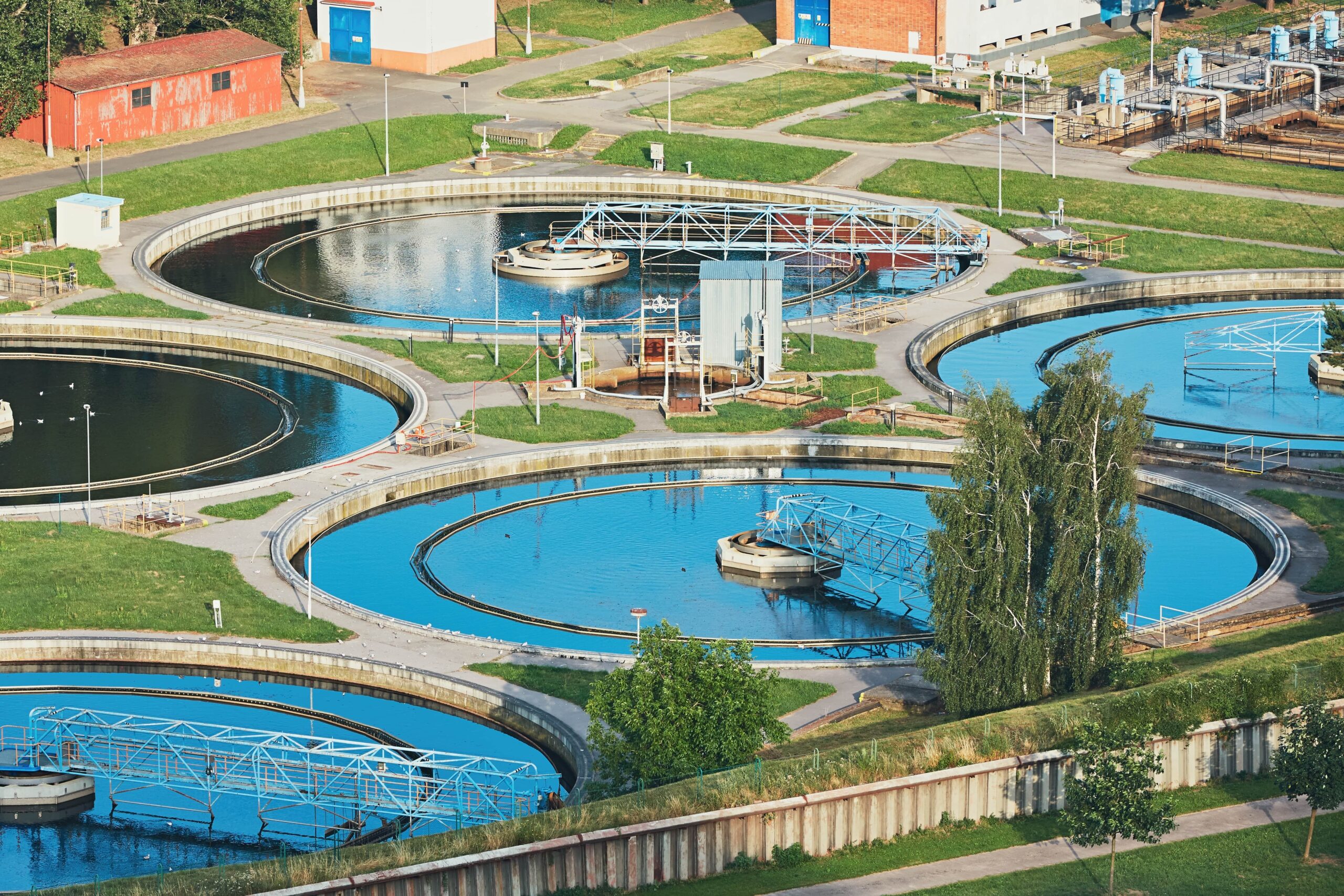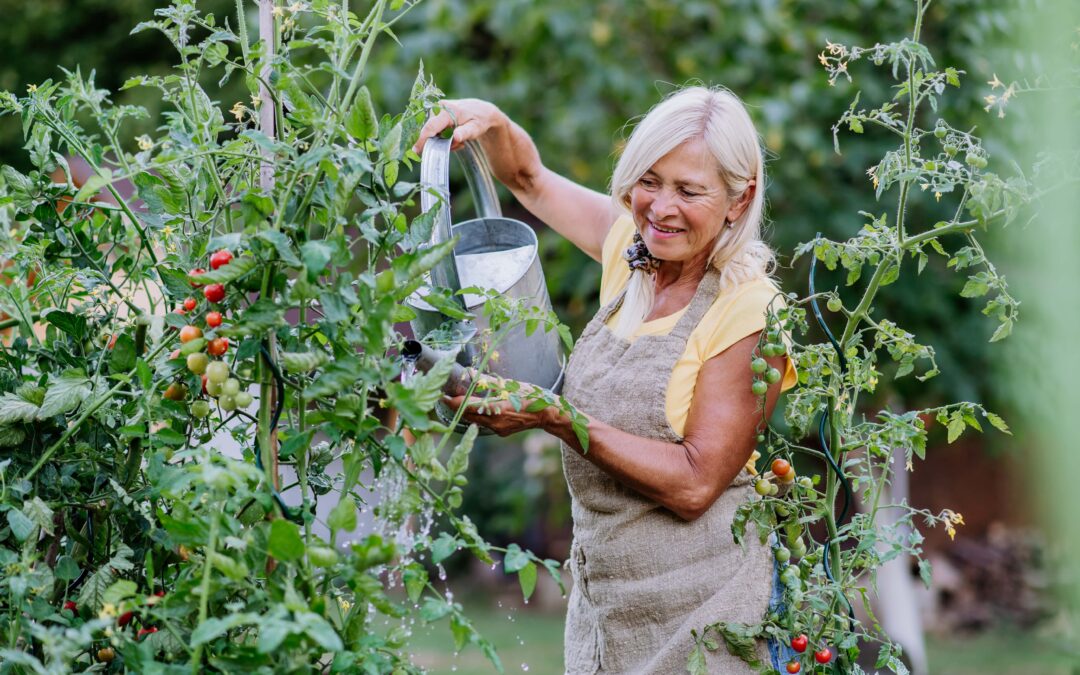As the global population, including that of the UK, increases, so our use of water will also rise to meet demand. The heatwaves over the summer of 2022 have also thrown into sharp relief the importance of water conservation so that there is enough to go round without having to impose more restrictions than hosepipe bans in the future.
Water recycling initiatives have sprung up to address this important issue, with technology advancing and investments increasing to create more and more effective solutions to saving and reusing water. These include greywater recycling, harvesting rainwater, using smart technology to monitor and dispense water in the home and office and coming up with innovative ways to wash larger items, such as cars and trains. So, how can these various initiatives become part of our everyday lives and help us to ‘do our bit’ to use water responsibly?
Greywater Recycling (GWR)
Greywater is the name given to any wastewater produced by normal domestic activities excluding the wastewater from toilets which typically have harmful faecal matters. Greywater can include water from baths and showers, washing dishes or clothes, cleaning vegetables etc.
Householders can help recycle greywater in a number of ways, from saving it to water the garden to being used to clean particularly dirty items, such as very soiled boots or garden tools. It is important to treat greywater properly after collecting it, as it can start to smell bad if stored for too long without being properly treated.
Greywater recycling can be used for many more non-potable (non-drinking) purposes, such as laundry, topping up swimming pools water, etc., If an advanced greywater treatment system is in place. If so, then savings of up to 50% on each household’s water consumption and water bill will be possible.
Harvesting Rainwater (RWH)
Collecting rainwater seems like an easy way to use water that falls from the sky, as opposed to relying solely on the supplies pumped into our taps and pipes. Large containers such as water butts can be installed in the garden or on the roof of a property. The water can then be stored to water the garden during a dry spell or for adding to the toilet cistern. Or it can be filtered through an advanced rainwater treatment system for wider use around the home. Rainwater harvesting could work well for larger premises too, where there is less need for drinking water, but more of a demand for water to clean, irrigate or cultivate crops.
Again, more sophisticated systems can be set up to pump the rainwater to other parts of the house for appliances like washing machines, but it is important to weigh up the potential benefits with the costs involved. Some of the more advanced systems can also be controlled by smart technology to measure water usage around the property and then direct rainwater where it is needed most.
Using RWH systems with an advanced treatment system can create a great water saving of 20% – 50%.

Smart Water Meters
Talking of smart technologies, another way in which this type of approach can help homes reduce water usage, or at least monitor it, is to have a smart water meter installed. Many water companies are now insisting that a smart meter is installed in homes to help them meet their own goals in providing water responsibly.
By seeing how and when you are using water the most, you can spot patterns and work out how to cut down or use recycled water, such as collected rainwater, where possible. A smart water meter also enables households to receive bills that match their actual usage. This can vary from season to season, so having a more accurate billing system can help save money over a whole year.
Water Saving Ideas
Finally, it’s no good working out how to recycle, collect and monitor water if you don’t know how to cut down the amount you use on a daily basis. Again, some very simple adjustments and new habits can help reduce the amount of water you use and, if you are on a (smart) meter, lower your water bills, too. Switch to showers instead of baths and turn the taps off when you’re not using it. Fit aerators onto your taps for an even bigger water saving there.
Only run the dishwasher when it is full and clean the least dirty items first when doing the washing up by hand – that way you won’t have to keep changing the water in the bowl. Use leftover water from cooking the vegetables to water the garden and only boil the water you need then and there in the kettle. Try keeping a jug of tap water in the fridge for a constant supply of cold water without having to run the tap to cool it down before you fill a glass.


Recent Comments